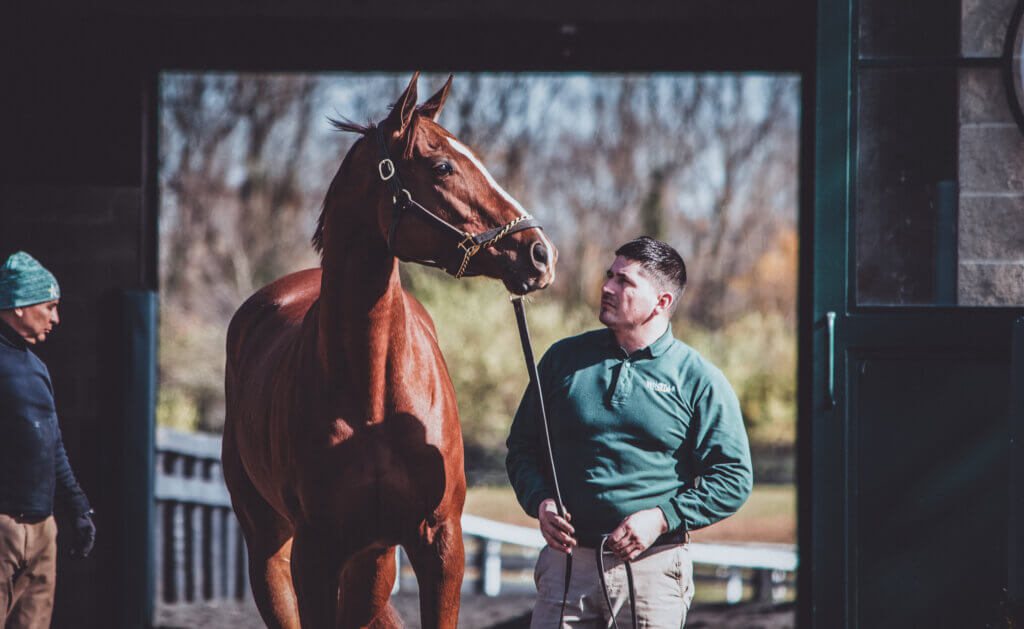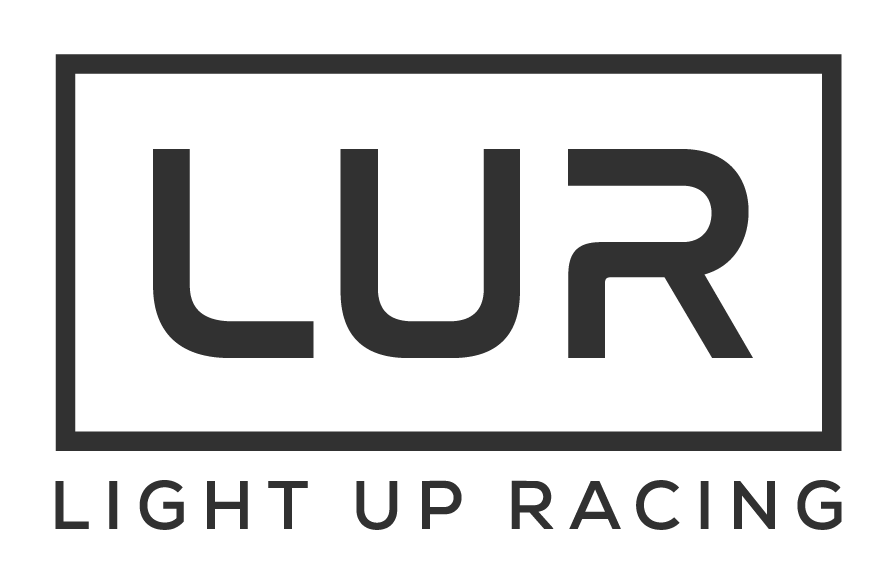People often misconceive the impact of early horse racing on the development of young horses. However, research from leading researchers contests this widely held belief. Evidence supports early athletic activity in horses could actually strengthen them.
Understanding Horse Growth Compared to Human Growth
To understand this, we have to look at the biology of horses in comparison to humans. Baby horses, or foals, unlike human infants, are highly active from the get-go. Within an hour of birth, foals stand and can follow their mothers. Within a week, they can traverse around five miles, much of it at a canter. This rapid growth and physical activity, which is around 98% complete by two years of age, is an evolutionary adaptation that equips horses to evade predators.
In comparison, human skeletal maturation growth is much slower. Humans only reach near-mature height between the ages of 16 and 18, around a quarter of the way into our life expectancy. Therefore, comparing horse and human years isn’t straightforward, as each species grows and matures at different rates.
| HUMAN GROWTH | HORSE GROWTH | Infant phase: 0-3 years | Infant phase: 0-6 months |
|---|---|
| Puberty phase: 12-18 years | Puberty phase: 9-18 months |
So, trying to translate horse years into human years isn’t as simple as looking at the life expectancy of a horse vs. a human.
And their behavior? Well in their first month of life, foals exhibit a pattern of trotting, cantering, and galloping in ever-increasing circles.
This behavior, as Dr Chris Rogers sees it, serves as natural conditioning, “priming all the muscles, tendons, and cartilage into a variation of load.” This early variation in load, he argues, is crucial for these young horses to develop a tolerance to the loads they would experience while racing.
“It’s so different to a human baby, and I think that’s one of the big problems we have with people from outside the industry looking at 2-year-old racing, they all look it and say, ‘Oh 2-year-olds, they must be babies’ but when you look it at, that animal has been moving around, covering significant distances since it was a couple of days old.”

The Science of Two-Year-Old Racing
Groundbreaking studies have consistently underscored the importance of early training, establishing that the sooner a horse begins to exercise and the more advanced that exercise, the better its athletic outcomes.
Dr Chris Rogers also clarifies that the positive effects of early training are not only confined to the horses’ two-year-old year.
“Racing as two year olds primes their system for racing as three year olds; the tissue is still receptive and responsive.”
Leading surgeon, Dr Larry Bramlage reiterates this;
“The bone changes in relation to the load that it has seen. You have to produce bone that’s hard enough to withstand the load it is seeing and bone with the best geometric shape to withstand the loading. The horse’s cannon bone is the prime example of where those processes are both underway during training.”
Bramlage said this means that turning a horse out until its third birthday and then beginning race training will adapt the skeleton to turnout for a year, but not to training or racing. The horse is then introduced to training and will have to recreate the vascular supply and cell population devoted to remodeling.
By contrast, the horse who trained at two only had to repurpose the vasculature and cells already present for growth.
“The primary reason that we lose horses out of the racing industry is due to injury, musculoskeletal injury. If you have a horse, and you start it and race it as a two year old… they have longer and more successful careers than horses that start later.”
Chris Rogers
Tweet
The research suggests that early exercise serves to ‘upregulate’ the tissue, preparing it to cope with the strain of more rigorous gallop work. It’s a sort of conditioning that helps young horses adapt to the demands of their future racing career. The tissue organizes itself, as Rogers explains, “heading in the right direction so when you apply more gallop work it responds positively, rather than going ‘this has never happened before’.”
Rogers’ research debunks the notion that juvenile racing could lead to musculoskeletal injuries.
He firmly believes that two year old racing plays a crucial role in creating stronger, more durable horses. He explains, “The primary reason that we lose horses out of the racing industry is due to injury, musculoskeletal injury. If you have a horse, and you start it and race it as a two year old… they have longer and more successful careers than horses that start later.”
The Statistics
Furthermore, the science is backed up with statistics and a recent study tabulated below showed that horses who race at two years old have, on average, three more starts from age three onward than horses who do not race at age two. The study is taken of horses that raced in North America and were born between 1990 and 2015.
| AGE HORSE BEGAN RACING | AVERAGE NUMBER OF STARTS BETWEEN 3 TO 8 YEARS OF AGE | Two-years-old | 18.9 |
|---|---|
| Older than two-years-old | 15.6 |
The Making of Equine Athletes
Just like human athletes, horses also adapt to training and racing. They might experience sore shins, sprains, and muscle soreness when young, but they quickly adjust, and their bones strengthen with training. This adaptation happens through a process called ‘remodeling’. When a bone faces stress, it repairs and strengthens itself, similar to how our muscles adapt to a new fitness regimen.
Human athletes don’t become prepared for sport by watching it on TV – they practice and train, with their bodies adapting along the way – and horses are just the same.
For a bone to become stronger and denser, it needs to undergo remodeling.
Remodeling happens when the bone is placed under stress, and then repairs itself to become stronger – think about how your muscles may feel when introducing a new training regime; they remodel and adapt themselves.
Critics of two year old racing often argue that the practice is exploitative, placing undue pressure on the young horses. However, as Rogers points out, what we’re doing with horses as 2-year-olds “isn’t contrary to what horses naturally do, it’s actually fitting in and we’re working with the horse, not against it.”
“Radiographic evidence tells us that by the time a horse is 24 months, in the majority of horses, longitudinal bone growth has finished, and if we don’t provide the right stimulus at the right time, the body grows up going, ‘I’m not going to do anything’.
“It doesn’t have that developmental pathway to respond appropriately when you start exercising it, so it’s one of those interesting things that you’ve got to have growth, but you’ve got to overlay the appropriate amount of exercise to create that development.”
What’s the Verdict?
While the welfare of horses is paramount, it’s essential to consider this issue from an informed, science-backed perspective. The research of leading equine scientists supports the notion that two year old racing, when done responsibly and ethically, is not only safe but can lay a solid foundation for a fruitful racing career.
As we continue to advance our understanding of equine biology and training best practices, we can ensure that the industry remains true to its commitment to the welfare and longevity of these magnificent horses.
sources
Velie, B.D., Knight, P.K., Thomson, P.C., Wade, C.M. and Hamilton, N.A. (2012) The association of age at first start with career length in the Australian Thoroughbred racehorse population. Equine Veterinary Journal, 45(4), pp.410–413. doi:10.1111/j.2042-3306.2012.00651.x.
Tanner, J.C., Rogers, C.W. and Firth, E.C. (2012) The association of 2-year-old training milestones with career length and racing success in a sample of Thoroughbred horses in New Zealand. Equine Veterinary Journal, 45(1), pp.20–24. doi:10.1111/j.2042-3306.2011.00534.x.
Firth, E., Rogers, C., Doube, M. and Jopson, N. (2005) Musculoskeletal responses of 2-year-old Thoroughbred horses to early training. 6. Bone parameters in the third metacarpal and third metatarsal bones. New Zealand Veterinary Journal, 53(2), pp.101–112. doi:10.1080/00480169.2005.36487.
Rogers, C.W., Gee, E.K. and Dittmer, K.E. (2021) Growth and Bone Development in the Horse: When Is a Horse Skeletally Mature? Animals, 11(12), p.3402. doi:10.3390/ani11123402.
Crawford, K.L., Finnane, A., Phillips, C.J.C., Greer, R.M., Woldeyohannes, S.M., Perkins, N.R., Kidd, L.J. and Ahern, B.J. (2021b) The Risk Factors for Musculoskeletal Injuries in Thoroughbred Racehorses in Queensland, Australia: How These Vary for Two-Year-Old and Older Horses and with Type of Injury. Animals, 11(2), p.270. doi:10.3390/ani11020270.



